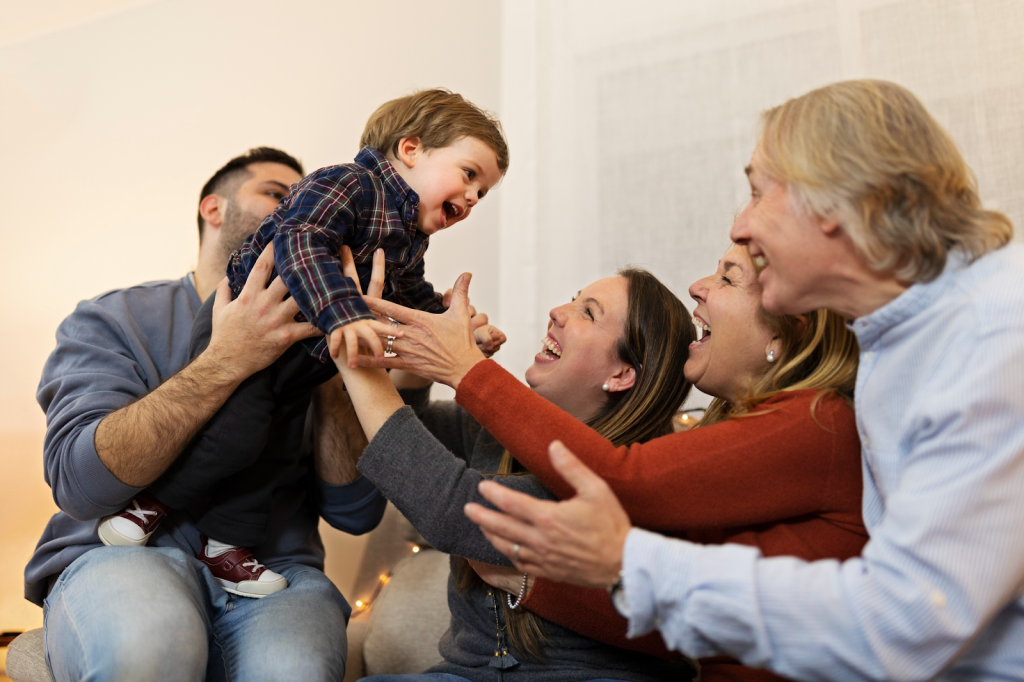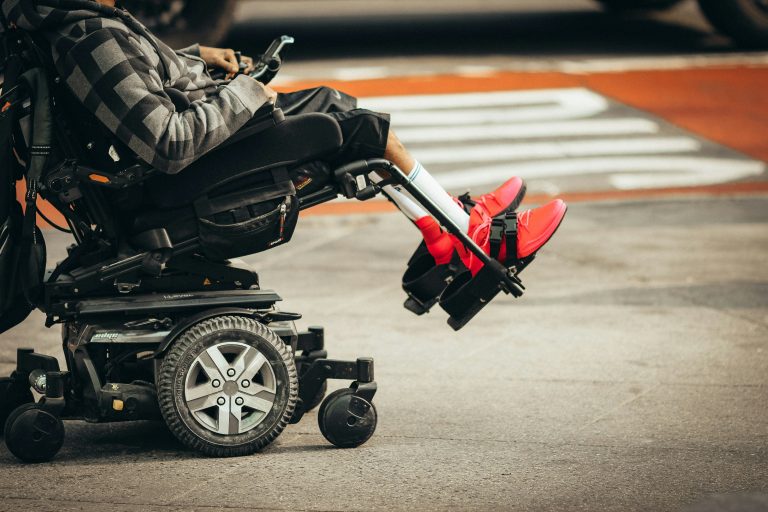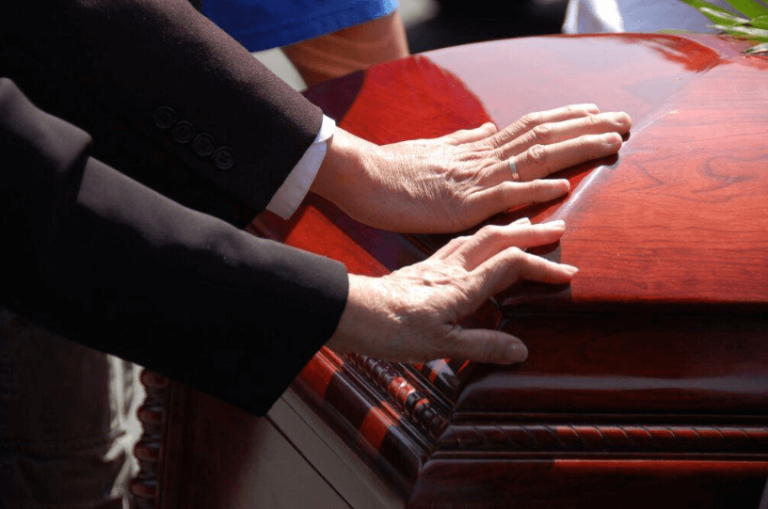Why Choosing a Safe Neighborhood Matters for Families
This post contains affiliate links. Click here to read my affiliate policy.
Last Updated on September 3, 2025

Living in a safe neighborhood is the groundwork for how families live day to day. Children need space where they can grow, learn, and play without constant fear. Parents, on the other hand, want to go about their routines without the thought of danger lingering in the back of their minds. Safety also shapes things we don’t always notice right away—like property values and the strength of community ties.
Why Families Put Safety First
Safety almost always jumps to the top of the list when parents start house hunting. It is not hard to see why. Knowing your child can walk to school, ride a bike, or just play outside without constant risk is priceless.
Moreover, safety is about traffic, lighting on the streets, and how fast emergency crews can reach you. That’s why so many families make it a point to search for the safest neighborhoods before anything else.
How Safety Shapes Everyday Living
The difference between living in a safe area and an unsafe one shows up in the small things. You might feel fine letting your kids walk to their friend’s house a block away and feel safe just walking or cycling down the road, and you’ll know that if your dog runs away, a neighbor might find it and let you know. This peace of mind becomes normal, rather than a luxury.
Families spend more time outside and get to know the people around them. It naturally builds stronger community ties. The opposite happens in areas where safety is a concern. Stress increases, and people stay indoors in unsafe neighborhoods.
What Defines a Safe Neighborhood
Note that no single factor makes a place safe. It is a combination of several pieces working together. Here are the elements that define a safe neighborhood.
- Low crime rates, as shown in police reports, indicate that the area is secure and well-guarded.
- Well-lit streets and maintained public spaces discourage crime and make the neighborhood more welcoming.
- Quick access to hospitals, fire stations, or police services ensures help is available right away in an emergency.
- Schools that enforce strong safety protocols support children’s overall well-being and create a secure learning environment.
- Neighborhood watch programs or active community groups reflect a shared commitment to safety among residents.
- Traffic measures such as speed bumps and crosswalks protect pedestrians and drivers alike while deterring reckless behavior.
Why Community Involvement Strengthens Safety
Neighborhoods feel safer when people look out for each other. Active community groups, neighborhood watch programs, and regular events all create a sense of connection. Families who know their neighbors are more likely to notice unusual activity and step in when help is needed.
Community involvement also leads to cleaner parks, better lighting, and safer streets, since residents push for improvements together. This shared responsibility means safety isn’t left to chance. It becomes a habit built into daily life, where families feel supported and children grow up with a stronger sense of belonging.
Conclusion
Living in a safe neighborhood enriches your life in many ways. Kids have more freedom, and neighbors form stronger connections. While no place is risk-free, being in a neighborhood that employs maximum safety protocols provides a better peace of mind to its residents.
That is why if you are planning to move into a new neighborhood, you should look into its crime rates, community-based safety measures, and the emergency facilities available.
Key Takeaways
- Safe neighborhoods directly improve family life, along with peace of mind.
- Safety involves more than crime—it includes the various types of civic amenities.
- Personal injury lawyers have important roles to play when negligence causes harm.
- Reviewing crime data as well as school reports helps families make smarter decisions.






